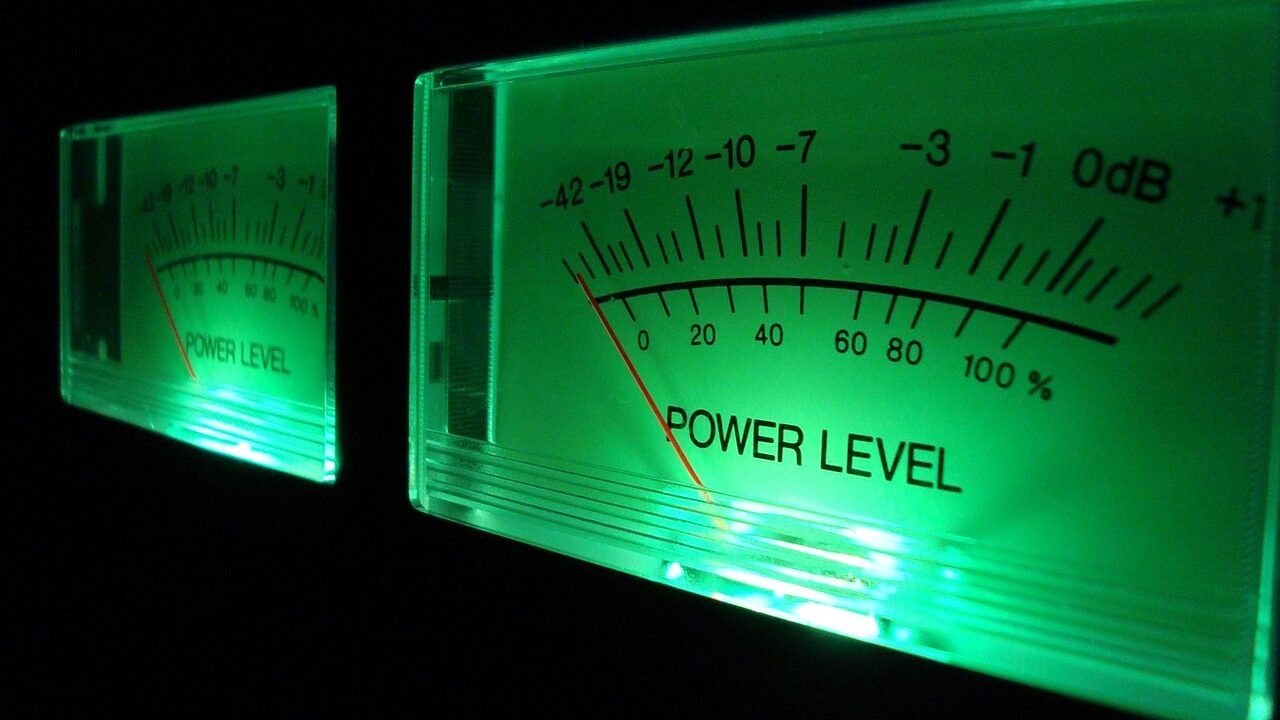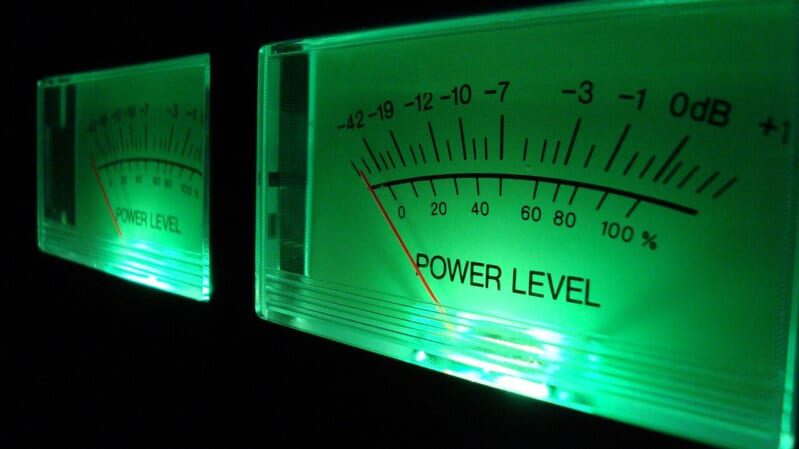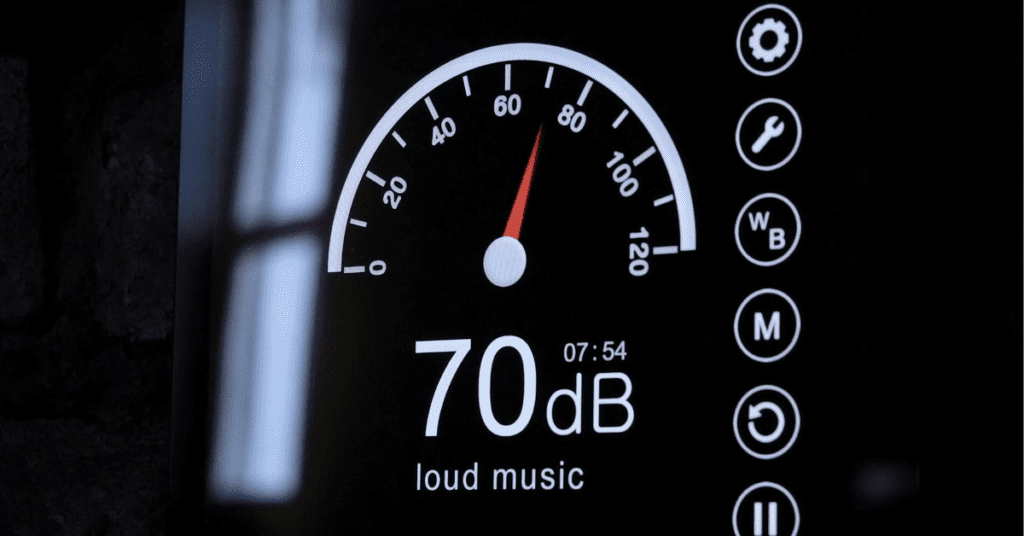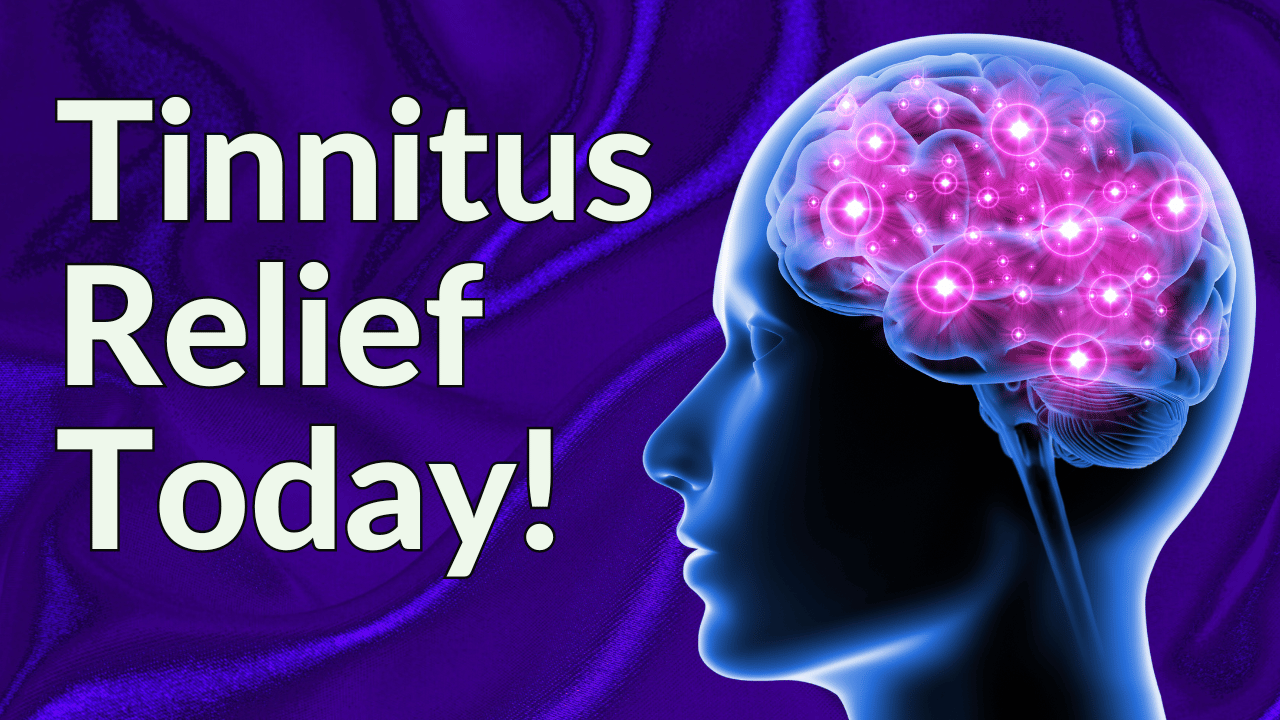Severe tinnitus can seem deafening, but how loud is it really? Working with an audiologist to discover the true decibel level of your tinnitus may be part of coming to terms with the chronic ringing in your ears, and putting an actual measurement on the loudness of the sounds you perceive may help you understand your hearing changes and turn down tinnitus.
What Is Tinnitus?
Tinnitus is defined as the perception of sound when there is no external source. Mild, brief tinnitus is a common condition experienced by most people, whereas chronic or bothersome tinnitus affects about 15% of people. Tinnitus sufferers may hear these phantom sounds in one or both ears and it may be long-term or it could come and go. Most people describe the sound as a ringing, humming, buzzing, clicking, whooshing, or chirping, but everyone’s experience is different.
"Treble Health helped me reduce my tinnitus by about 80%, and now I can live my life again!"


"Treble Health helped me reduce my tinnitus by about 80%, and now I can live my life again!"
– Steve D.
Book a free consultation to learn which Treble Health solution is right for you. Join Steve and thousands more who have found lasting tinnitus relief.
Since there is no straightforward cure for tinnitus, those with tinnitus can often feel a lack of control or understanding of their condition. There are many factors that can influence the sound, pitch, and intensity of tinnitus, and the causes are wide-ranging as well. While most tinnitus cases are related to hearing changes from circumstances such as exposure to loud sounds, injury, illness, age-related hearing loss, or other underlying conditions, there are many other causes of tinnitus, and some cases of tinnitus may have no known cause at all.
Because experiences with tinnitus can seem so vague, it can be a frustrating condition to deal with. For many people, pinning down the decibel level of their experience can be a validating step on their journey toward relief.
Measuring Sound: What Is A Decibel?



When it comes to understanding the loudness of sounds – including in the context of tinnitus – we use a unit of measurement called the decibel (abbreviated dB). You may encounter this unit of measurement in music, electronics, or hearing protection. Decibels help quantify sound levels using a logarithmic ratio of one unit of measurement to another, so simply put, it is a way to measure how loud or quiet something is.
Decibels are typically measured in two ways in relation to hearing:
- dB SPL (Sound Pressure Level). dB SPL refers to the magnitude of displacement of molecules in the air. Physically, this is the true loudness of a sound and what is measured by a sound level meter for noise readings.
- dB HL (Hearing Level). dB HL is used to refer to a person’s hearing ability and determines hearing thresholds on a hearing test. This is what is measured by an audiometer during a hearing evaluation on an audiogram.
Normal conversation typically ranges around 60-65 dB SPL, which is safe and comfortable for our ears, and most people watch television at about 70 dB. On the other hand, a rock concert can reach ear-piercing levels of over 100 dB SPL, which can cause hearing damage after prolonged exposure. Even moderately loud sounds can cause hearing damage with too much unprotected exposure, and once sound reaches 140 decibels, it can actually become physically painful.
How Can An Audiologist Measure Tinnitus In Decibels?
Knowing that subjective tinnitus is a phantom sound experienced “in your head,” begs the question – if only you can hear tinnitus, how can an audiologist measure how loud it is? It’s not as easy as measuring the decibel level of an external sound, but it’s not impossible.
In many cases, tinnitus patients will seek the help of a licensed hearing professional, like an audiologist, to perform comprehensive testing. This can include an audiological evaluation and tinnitus assessment to discover the decibel levels in tinnitus sufferers.
Audiological Tests
- Otoscopy. A small magnified light is placed in the ear canal to visualize the ear canal and ear drum to be sure that all structures are intact and appear healthy. Hearing damage may be due to physical causes.
- Tympanometry. This immittance test evaluates the mobility of the middle ear system including the ossicles (that is, the tiny bones in your middle ear) to rule out middle ear disorders that may be resulting in conductive hearing loss. An immittance test measures the way your eardrum (also known as the tympanic membrane) moves as it responds to sound pressure levels.
- Acoustic reflex testing. This immittance test evaluates the acoustic reflex, or the middle ear muscle contractions in response to sound stimuli. This is a helpful tool in ruling out physical conditions, like a benign tumor called an acoustic neuroma.
- Sound booth audiometry. During this test, headphones are placed in or on the patient’s ears and pure tones (beeps) are played at varying sound levels. The patient responds with the push of a button or by raising their hand. This test finds the softest volumes the patient can hear and respond to. This is called the hearing threshold and is used to determine how much hearing loss the tinnitus patients are experiencing, if any. This testing is then repeated with bone conduction headsets to confirm the type of hearing loss.
Tinnitus Assessment Tests
- Tinnitus pitch matching. This test compares tones and sounds to find a pitch most similar to the patient’s tinnitus. This test can reveal whether the tinnitus pitches differ significantly between the right and left ears in the case of bilateral tinnitus, and may uncover tinnitus in only one ear, also known as unilateral tinnitus. Tinnitus pitch matching tests may also reveal sounds like tones, warbling, hissing, white noise, or a combination of these sounds played together.
- Tinnitus loudness matching. Using the same tinnitus pitch match findings that were matched earlier, the practitioner now plays the pitch matched sound at varying decibel levels of db HL (volume) to find the subjective tinnitus loudness level of the patient’s tinnitus in each ear. In the case of bilateral tinnitus, the tinnitus severity or loudness may be significantly different between the two ears. This is especially true in cases of loud noise exposure or noise induced hearing loss. At this point, it is possible for the audiologist to measure the loudness of these sounds, providing some quantifiable data about the tinnitus patient’s experience.
- Residual inhibition testing. Masking sounds like white noise is played at a loud enough volume level to cover up the patient’s tinnitus. These sounds are played for about one minute and then stopped. Then, the practitioner sets a timer and waits for the patient to indicate when they begin to hear their tinnitus again. This test is particularly helpful for the use of sound therapy or tinnitus masking treatments.
How Loud Can Tinnitus Be?
Only a tinnitus sufferer can actually perceive subjective tinnitus, but researchers are getting a better understanding of the individual experience. A 2016 study sample consisting of tinnitus patients with bilateral age-related hearing loss (presbycusis) showed that the average loudness of tinnitus was 17.9 dB HL – about as loud as a whisper. That may not seem very loud, but if you experience chronic tinnitus, the constant sound can become very irritating and intrusive.



Regardless of the actual measured decibel level, your perceived tinnitus shouldn’t interfere with daily life or detract from your enjoyment of everyday sounds. Perceived tinnitus severity is unique to each person, and it’s important to prioritize your quality of life, no matter where you land on the tinnitus spectrum.
What To Do After Finding Your Tinnitus Loudness Levels
Once you know how many decibels you are perceiving with your tinnitus, you can take that information to find the best coping strategies and management techniques for you. If your audiologist or healthcare professional understands the intensity of your experience, they can help you track the effectiveness of different treatment approaches. This gives you a more measurable way to manage your tinnitus and discover what works and what doesn’t.
This information can also help lighten the emotional burden of tinnitus, and being able to assign a quantifiable number to your tinnitus loudness can help to alleviate some stress. Severe tinnitus can lead to frustration and anxiety, especially if the people in your life seem unable to relate to your experience. If you know the loudness of your tinnitus, you may be able to better communicate with those around you and help them understand what you’re going through.
Treatment Options For Chronic Tinnitus Sufferers
- Hearing aids. It is possible to have tinnitus and normal hearing, but because most tinnitus sufferers have some level of hearing loss, hearing aids can be extremely beneficial for managing tinnitus. Hearing aids can help lessen tinnitus perception while boosting your hearing threshold and helping manage hearing impairment.
- Tinnitus retraining therapy (TRT). Tinnitus retraining therapy relies on the brain’s ability to learn and retrain itself in a process called neuroplasticity. This technique focuses on reducing your focus on tinnitus perception, allowing it to fade into background noise.
- Cognitive behavioral therapy (CBT). Cognitive behavioral therapy is commonly used to support mental wellness, and for tinnitus patients, it can be key to overcoming the stress of tinnitus.
- Sound therapy. By strategically using sounds like white noise or specific pure tone frequencies, you can mask or reduce tinnitus perception and desensitize yourself to the constant sound. Improving your tolerance for tinnitus can minimize the perceived loudness.
- Monitor your hearing. If your tinnitus is mild or intermittent, take steps to prevent tinnitus, sensorineural hearing loss, or other changes to your hearing. Avoid excessive noise exposure, wear quality hearing protection, and make healthy lifestyle choices. Regular hearing evaluations are a good way to track your hearing thresholds.
However you choose to manage your chronic tinnitus, taking steps toward understanding your condition are key to improving your quality of life. You can find relief for your ringing in the ears, manage hearing loss, through a variety of techniques.
Next Step: Book Free Consultation
- 75% of patients reduced their tinnitus within three months after following our recommendations.
- "I feel like Treble Health literally gave me my life back." - Randy S. (verified customer)
- Join thousands of people who have reduced their tinnitus after scheduling a free consultation.


















